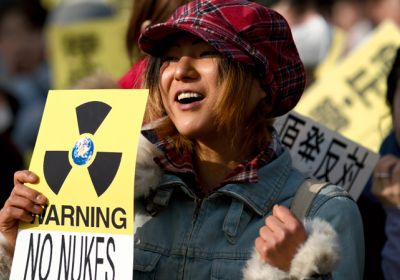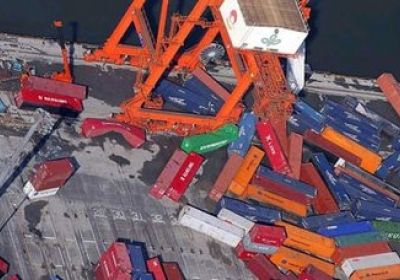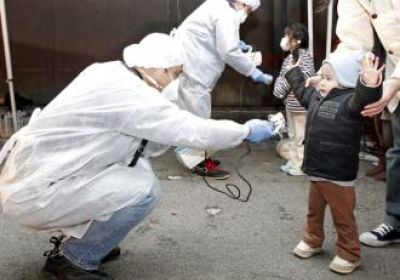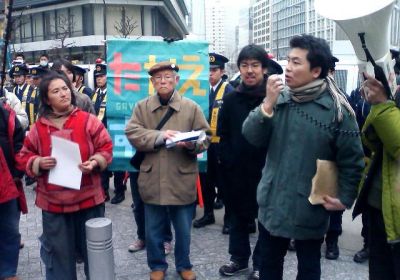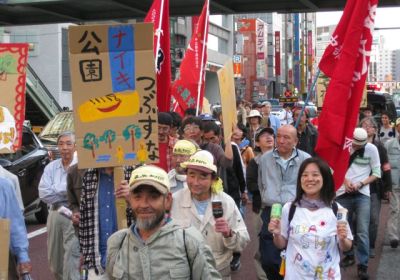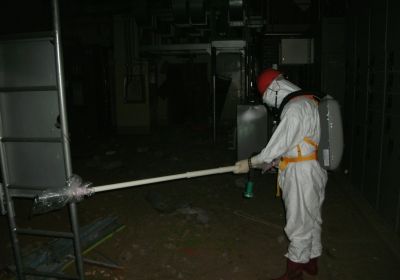
Three months after the earthquake and tsunami that triggered a nuclear disaster in Japan, new radiation "hot spots" may require the evacuation of more areas further from the damaged Fukushima Daiichi nuclear power facility.

Three months after the earthquake and tsunami that triggered a nuclear disaster in Japan, new radiation "hot spots" may require the evacuation of more areas further from the damaged Fukushima Daiichi nuclear power facility.
